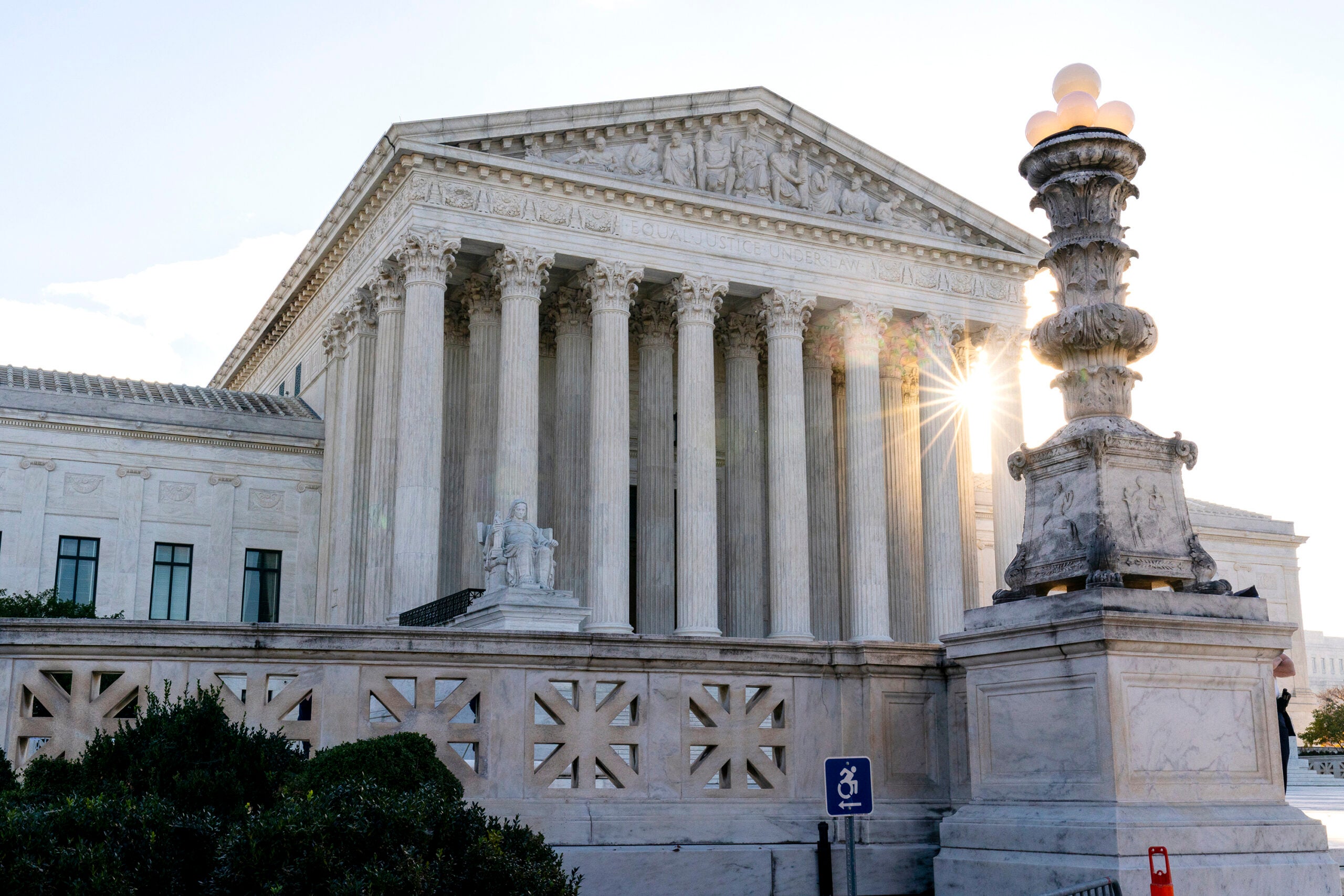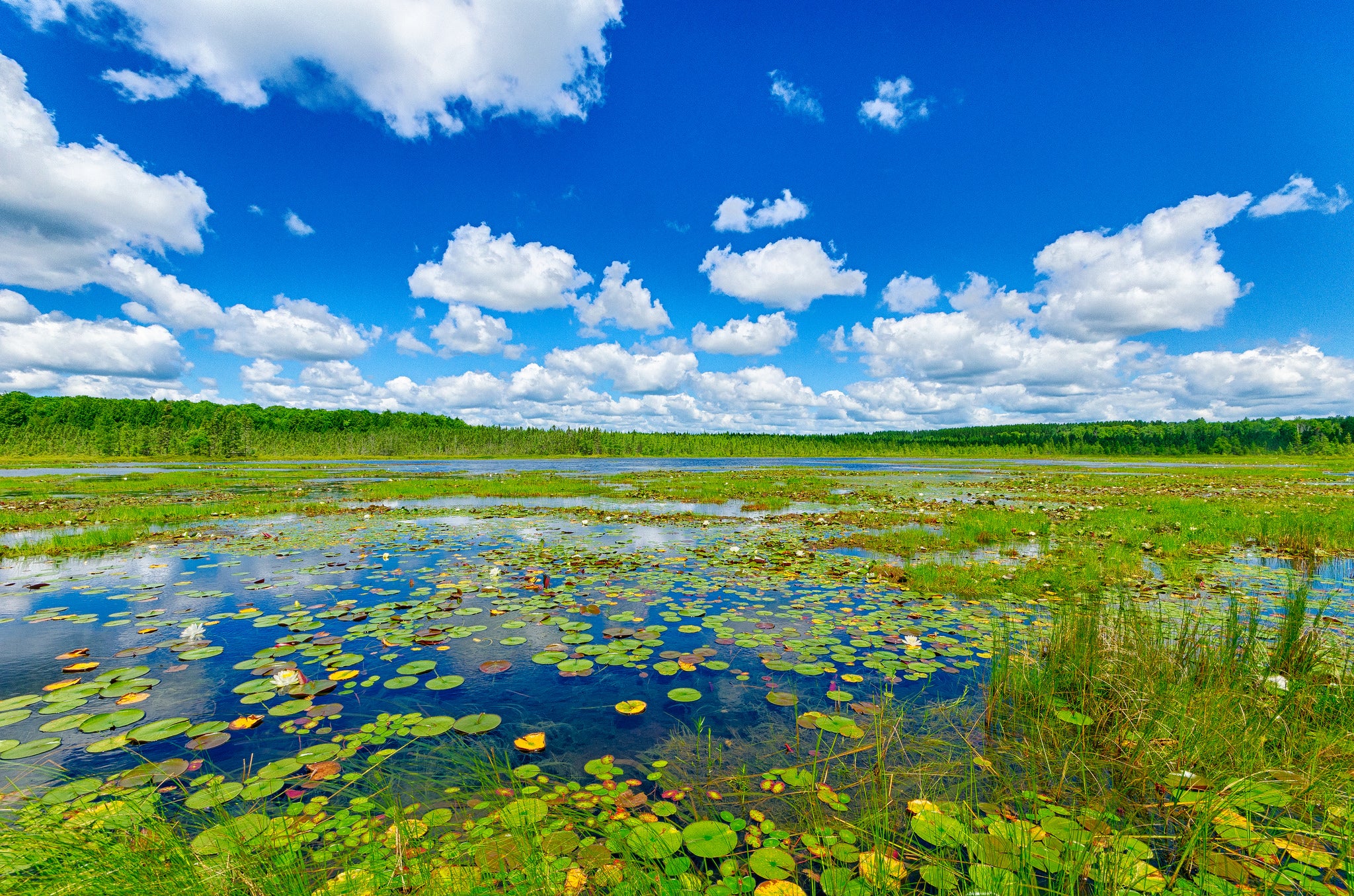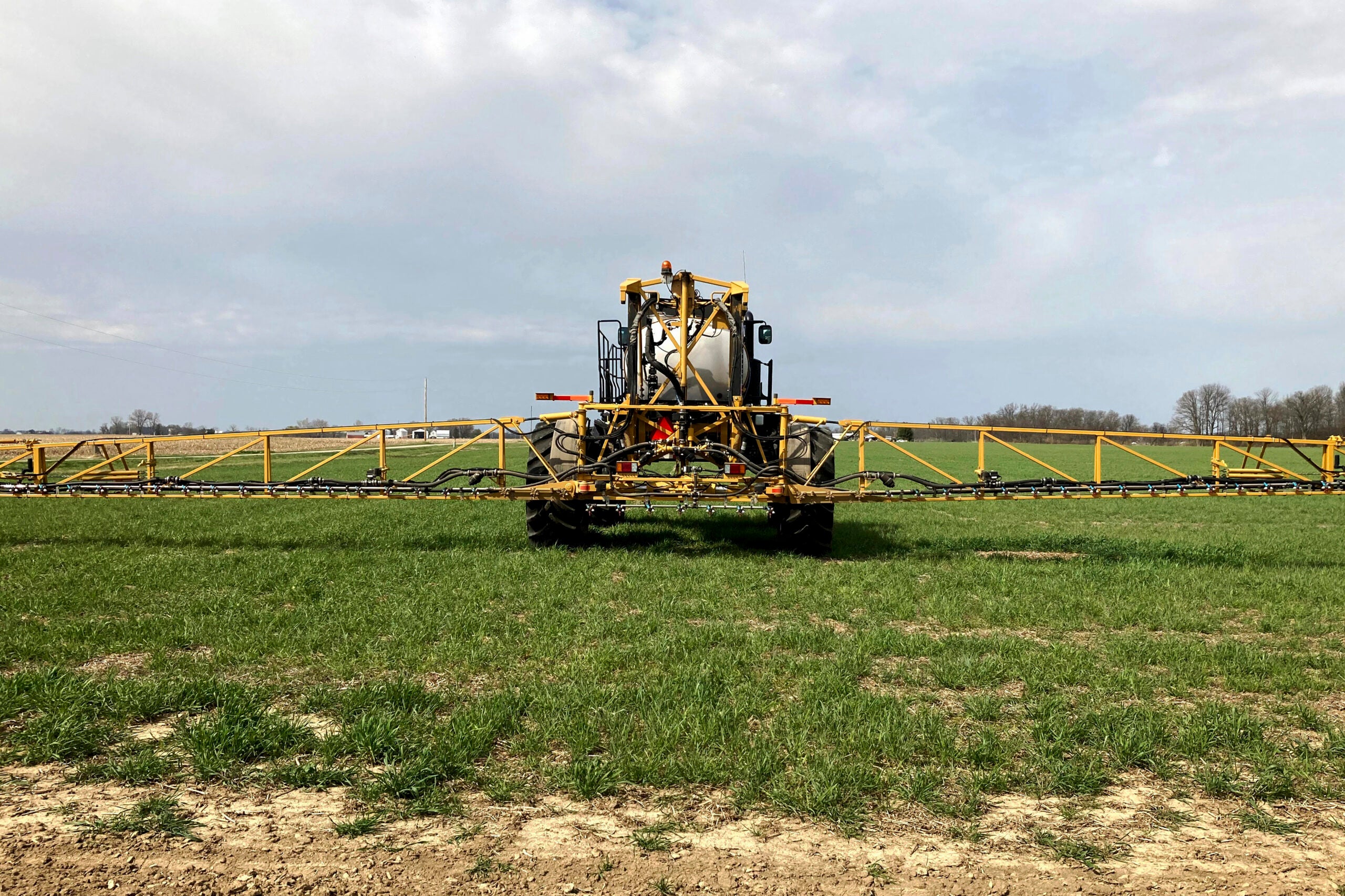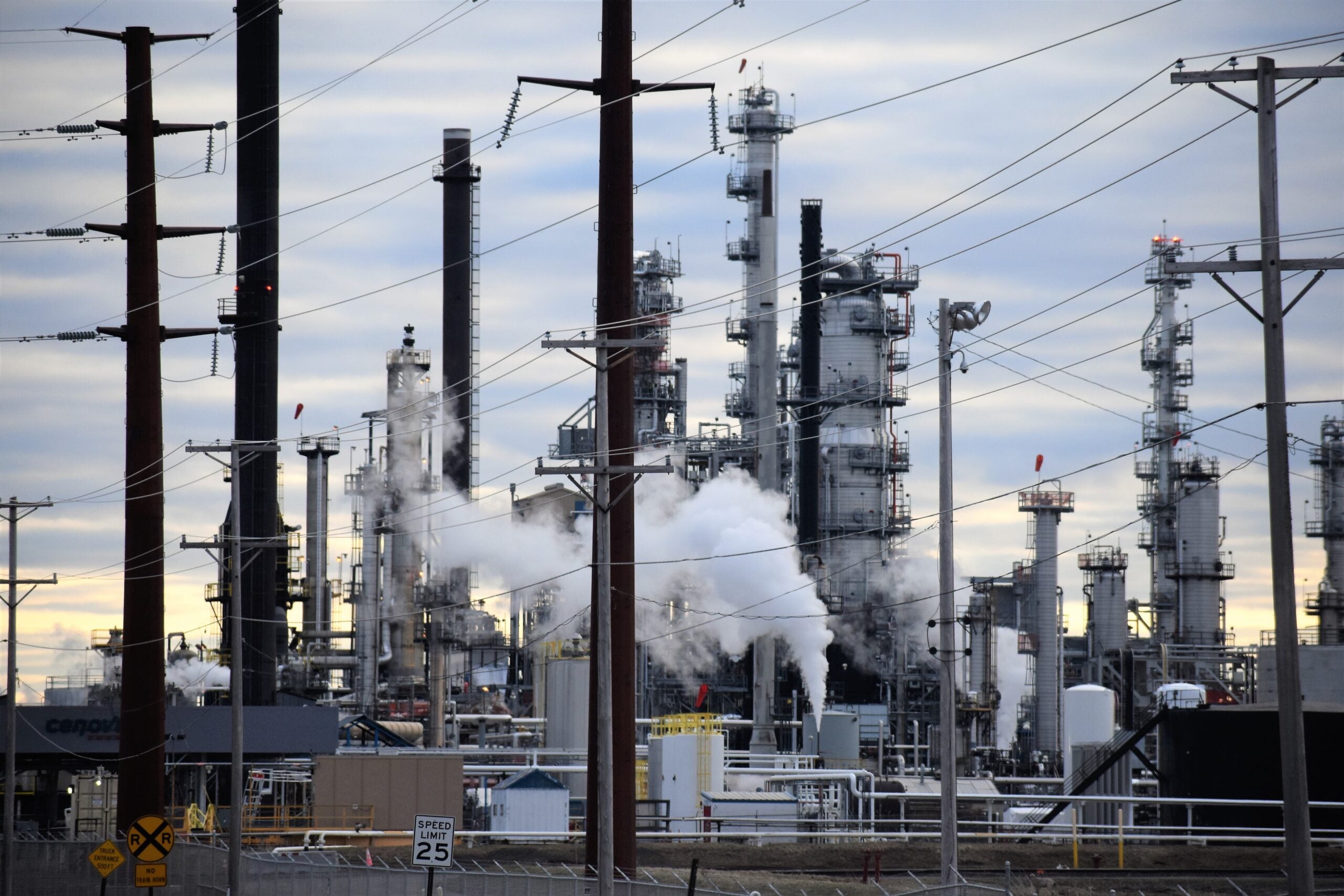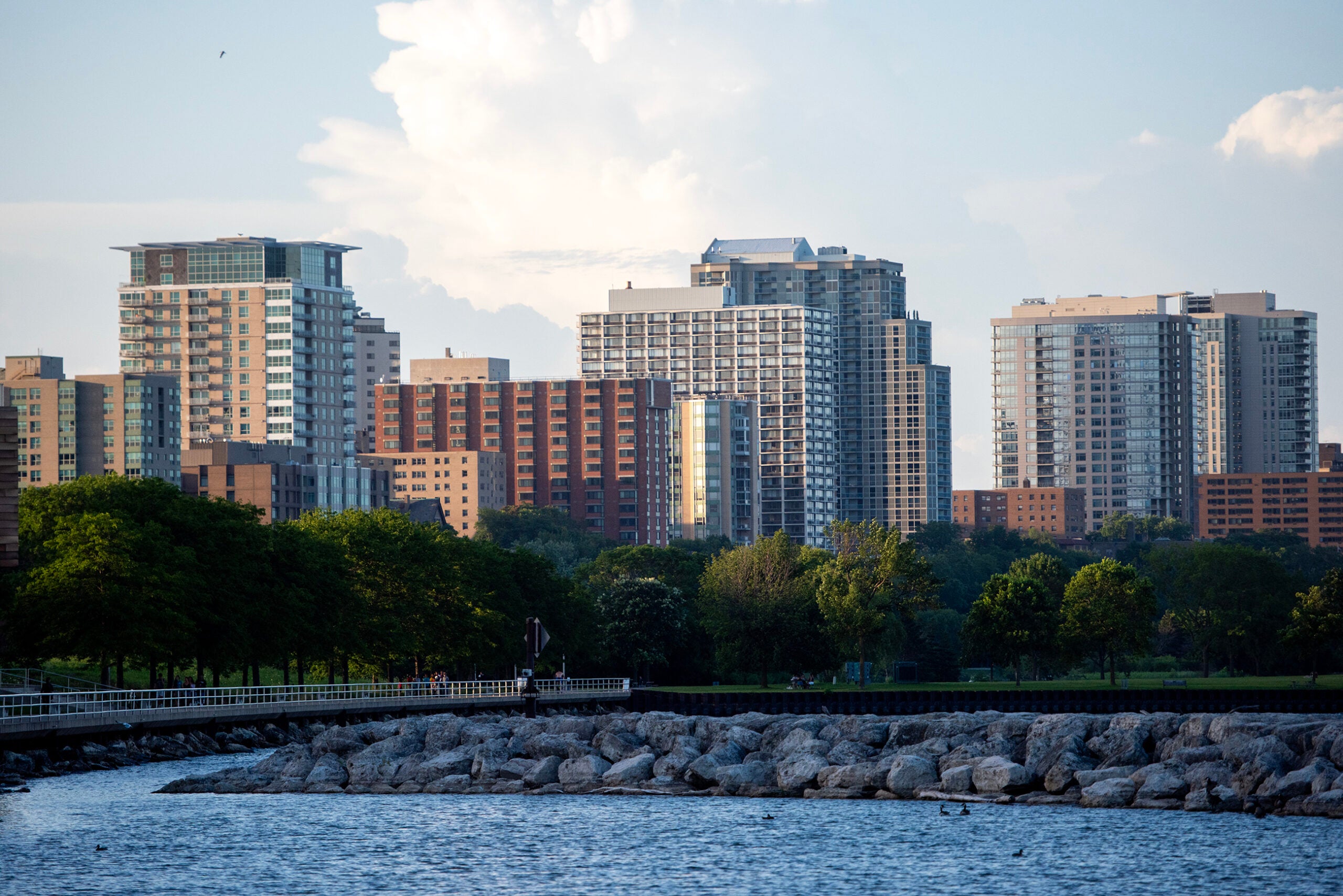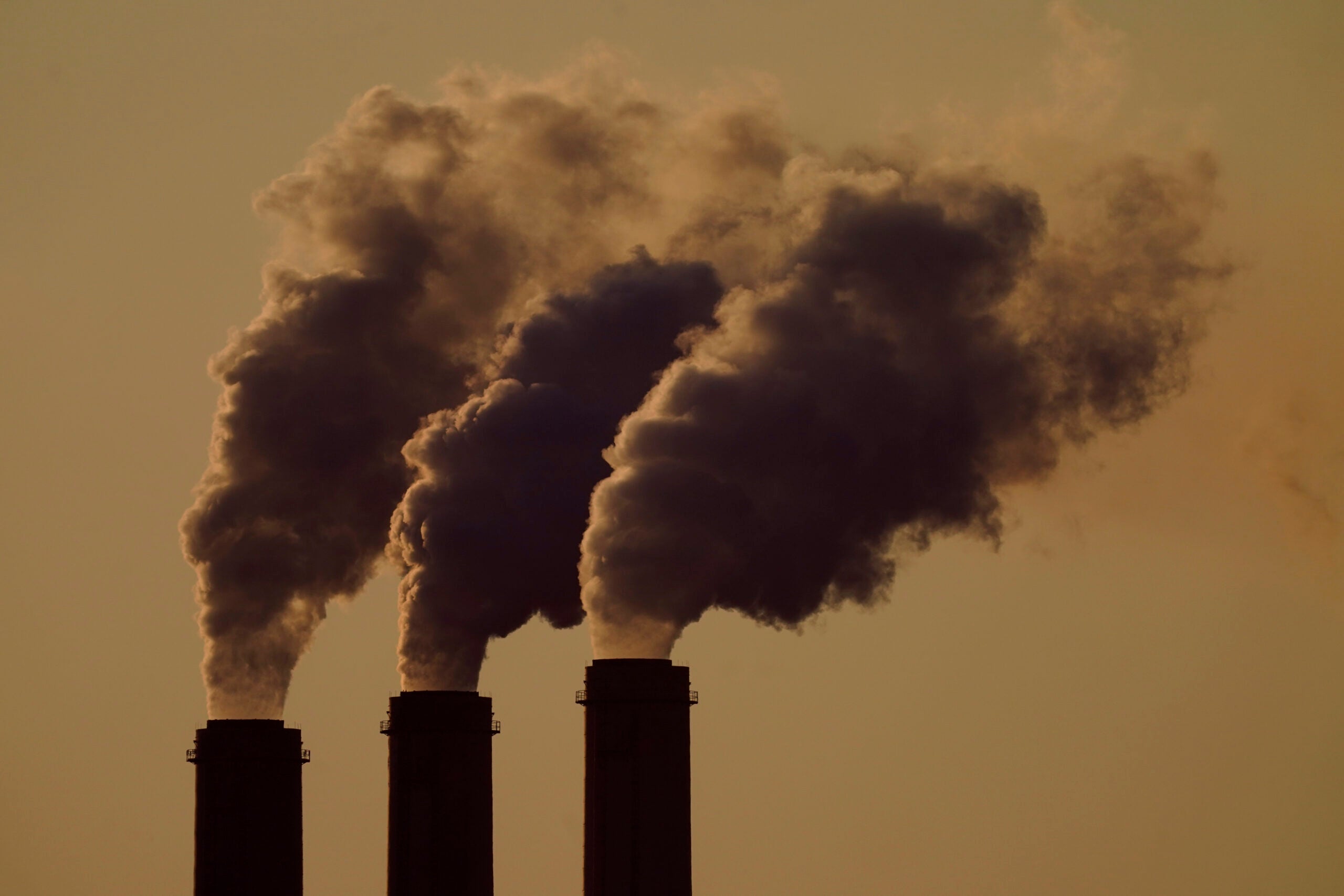Federal regulations limiting air pollution that crosses state lines won’t be enforced in Wisconsin after a U.S. Supreme Court decision placed the rule on hold in 11 states Thursday.
The Environmental Protection Agency issued its “good neighbor” plan last year, which aims to reduce smog pollution from power plants and industrial facilities in 23 states.
The plan aimed to cut back on nitrogen oxide emissions. Those emissions interact with heat, sunlight and other pollutants to form smog or ozone pollution, which can worsen respiratory issues like emphysema or lung cancer. However, several states challenged the EPA’s rule, including Ohio, Indiana and West Virginia.
News with a little more humanity
WPR’s “Wisconsin Today” newsletter keeps you connected to the state you love without feeling overwhelmed. No paywall. No agenda. No corporate filter.
Supreme Court justices ruled 5-4 against the Biden Administration’s stance that the plan would save thousands of lives and prevent more than a million cases of asthma attacks. Clean Wisconsin intervened in the case to defend the EPA’s rule. Katie Nekola, the group’s general counsel, said she’s disappointed with the decision.
“This ruling puts on hold an important EPA measure that protects human health and especially for people who are vulnerable, people who have respiratory problems or heart conditions,” Nekola said. “It’s so important that we limit ozone in our atmosphere. Most of the ozone in Wisconsin – it’s coming from other states. That’s why we have a ‘good neighbor’ rule.”
The EPA said the rule would cut back on pollution that significantly contributes to problems faced by states like Wisconsin, which struggle to meet national air quality standards for ground-level ozone that were updated in 2015. Wisconsin contends with ozone pollution from outside states like Illinois, Indiana and Texas among others.
Separate legal challenges have already placed the EPA’s rule on hold in 12 states. Federal regulators say nitrogen oxide emissions from power plants decreased 18 percent last year in the 10 states that have implemented the plan, including Wisconsin.
“So staying this rule or blocking it, as the Court has done today, will reverse those gains,” Nekola said. “Because then polluters, again, will be allowed to emit more than their fair share of pollution, which will affect Wisconsin.”
A spokesperson for the Wisconsin Department of Natural Resources said the agency is reviewing the decision.
How is ozone pollution from other states affecting Wisconsin?
The DNR previously told WPR that ozone-causing pollutants are transported over Lake Michigan from outside areas, causing shoreline counties in southeastern Wisconsin to have higher levels of ozone pollution. The agency said Wisconsin sources contribute no more than 10 percent to elevated ozone levels while the rest comes from other states or outside sources.
Last fall, the DNR said in a letter to the EPA that roughly half the states originally included under the plan currently have no obligation to address ozone pollution, including those that contribute to Wisconsin.
“This situation exacerbates Wisconsin’s extraordinary challenge to attain the standard by the (Clean Air Act’s) required deadlines,” wrote Gail Good, the DNR’s air management director.
Under the plan, the EPA would have required industrial facilities to take steps to control their nitrogen oxide emissions beginning in 2026.
Good said action is needed to address pollution from other sources. She noted Wisconsin will be in “serious” nonattainment of the 2015 ozone standards this year due primarily to a “lack of effective controls on out-of-state emissions.”
“When that occurs, the adverse impacts of this change, both on public health and the economy, will be borne entirely by those who live in those areas, and by the business community that employs them,” Good wrote.
The state’s largest business group Wisconsin Manufacturers and Commerce has opposed the EPA’s “good neighbor” plan and urged the EPA to provide an exemption for Wisconsin. Craig Summerfield, the group’s environmental and energy policy director, expressed concerns in June of 2022 about the feasibility and cost of pollution controls that may be required to meet standards under the plan.
“EPA has proposed extremely burdensome regulations that will unnecessarily hurt Wisconsin manufacturers,” Summerfield wrote in comments to the EPA.
At the time, Summerfield said EPA modeling on Wisconsin emissions was flawed. He said the agency estimated eight sources in Wisconsin would be required to reduce nitrogen oxide emissions under the plan, including six pulp or paper mills and two glass product manufacturing facilities.
“However, because the EPA is relying on 2019 data, its estimates are woefully out of date,” Summerfield wrote, noting at least one mill had idled in 2020 and not operated regularly since.
Wisconsin Manufacturers and Commerce, the Wisconsin Utilities Association and the Wisconsin Paper Council did not respond to requests for comment on the decision Thursday.
Wisconsin Public Radio, © Copyright 2025, Board of Regents of the University of Wisconsin System and Wisconsin Educational Communications Board.

